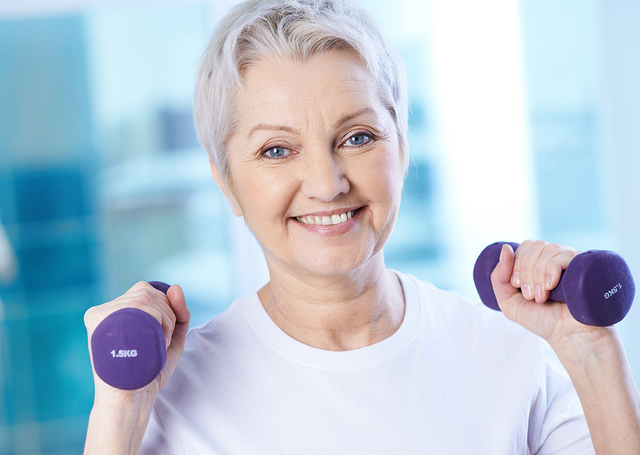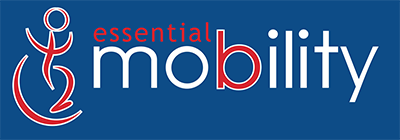We’re feeling inspired by the British Paralympic team who finished the Rio Paralympics with an outstanding 147 medals, with 64 of them placing gold. This is the most that any British team has achieved since 1988. The Paralympic team have showed us that sport and exercise is accessible for everyone and not restricted to those with limited mobility. In light of their achievements we want to provide you with a simple guide of exercises that are great for people with limited mobility.
The importance of exercise is essential to maintain a healthy body and mind. Exercise is well known to help ease stress, anxiety and depression as well as boosting self-esteem along with all the physical positives. When we exercise, our bodies release endorphins that lift our moods. Chair exercises also allow you to maintain good posture and relieve back pain, whilst also reducing sores from sitting for long periods of time. Taking a creative approach to exercise means you can overcome physical limitations and find enjoyable exercise routines that fit your age and current mobility issues.

Before taking to exercise, we recommend to speak to your doctor or physical therapist about what you can do. By discussing exercise with an expert you can both find the best routines suitable for you and give yourself peace of mind about what you capable of doing. You might also learn about a class or fitness regime you haven’t heard about.
Always start slow with a new exercise routine and gradually build up the intensity to avoid an injury. It is essential to stay safe when starting a new exercise routine, set realistic and achievable exercise goals to keep up motivation or rope in friends and family to exercise with you. Try adding in a mindfulness element by concentrating on your body and breathing methods. Remember to be persistent and don’t give up; you will soon see the rewards.
Types of Exercise to Try
There will be some exercises that will be easier than others if you have an issue with mobility. However, you should try to aim to do these three main types of exercise into your routine, making sure you feel comfortable and safe with the movements you are doing:
Cardiovascular Exercises
This type of exercise raises your heart rate and increases endurance. We recommend exercising in water, with swimming or exercises like water aerobics or “aquajogging”, as the water will support your body whilst reducing the chance of muscle or joint discomfort. Just because you use a wheelchair or mobility scooter it is still possible to perform cardiovascular exercises.
Strength Training Exercises
Strength training involves using weights or other types of resistance. These exercises are especially useful for people with limited mobility as it will build your muscle and bone mass, improving balance and preventing falls and increasing your recovery time should you suffer from a fall. You can focus on upper body strength training, while not even leaving your chair. Get some small weights, 1kg to start with, and try some easy strength training at home. Don’t push yourself too hard. You could also join a gym or find a personal trainer who specialises with people with limited mobility so you have help and support when exercising.
Flexibility Exercises
Flexibility exercises allow you to increase your range of motion. Improving your flexibility allows you to prevent injury whilst also reducing stiffness. These include yoga, which can help prevent or delay muscle atrophy. Yoga poses can be adapted to your needs, and it is an exercise medium that improves the longer you do it, getting easier over time. All terrain mobility scooters such as those available from Essential Mobility can also be great for if you want to try exercising outside. Exercising outside can be a great way to improve breathing and mood.
Image credit: Isle of Man Government, Flickr

